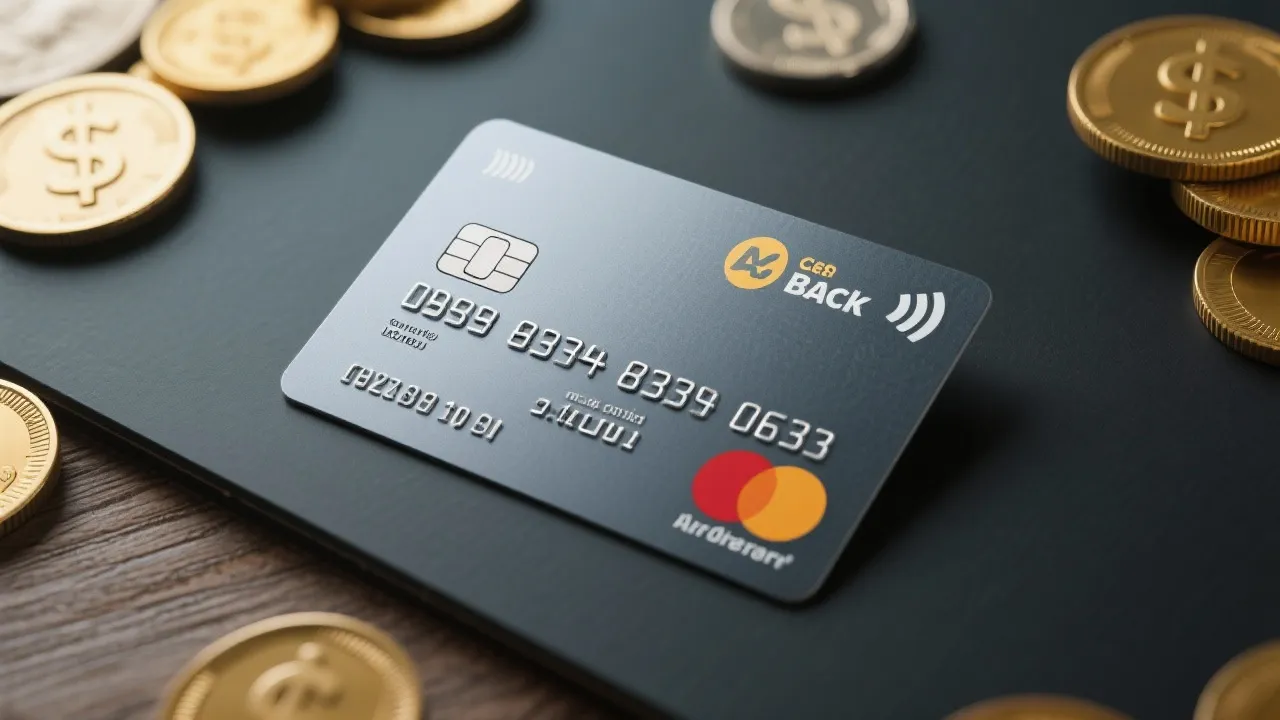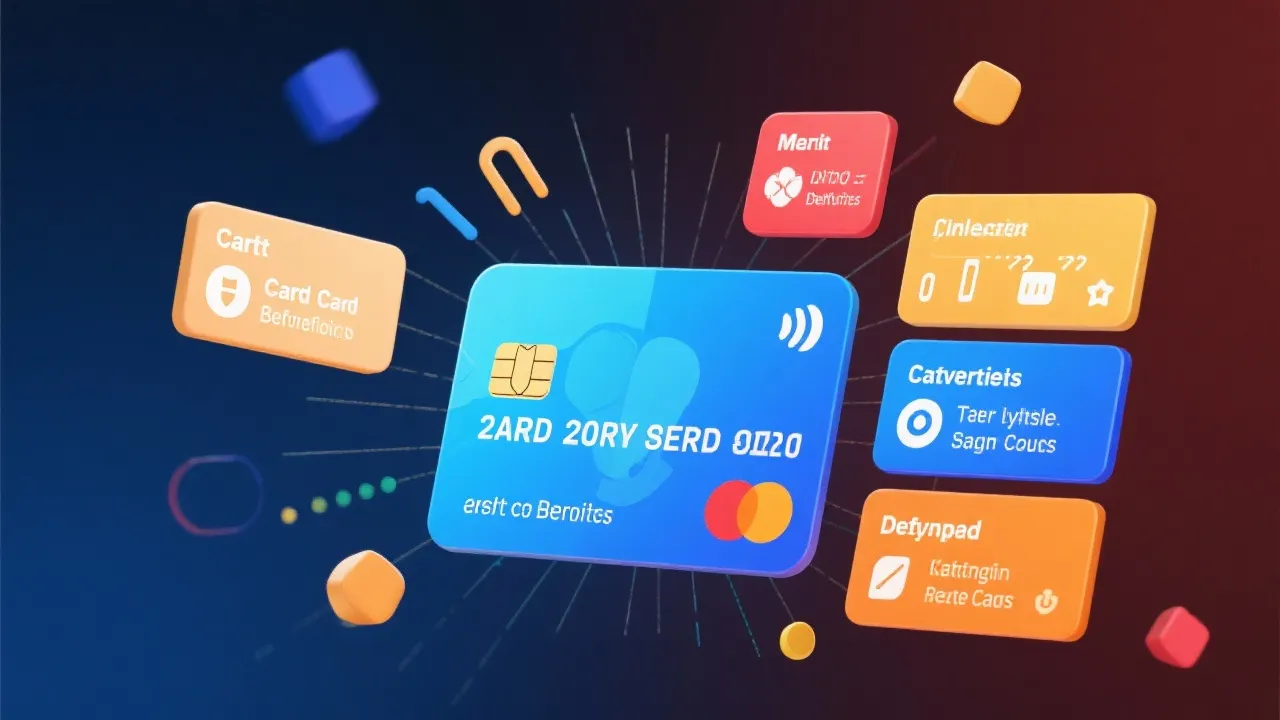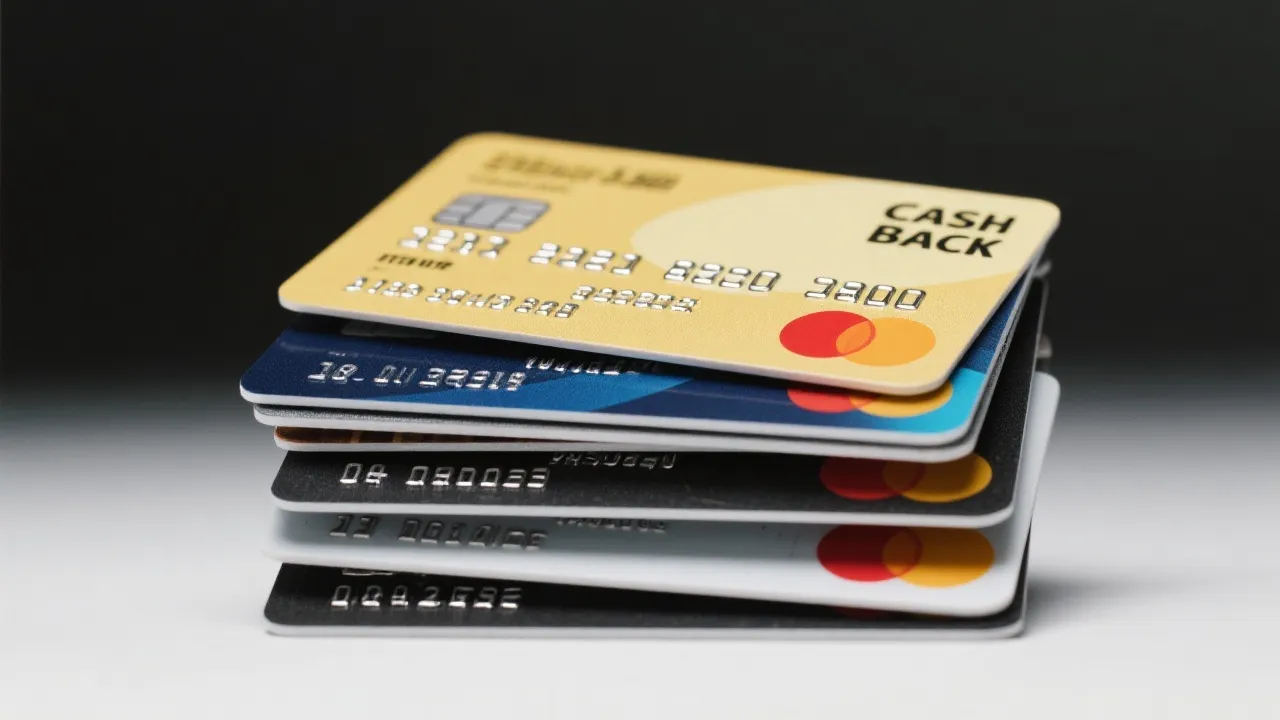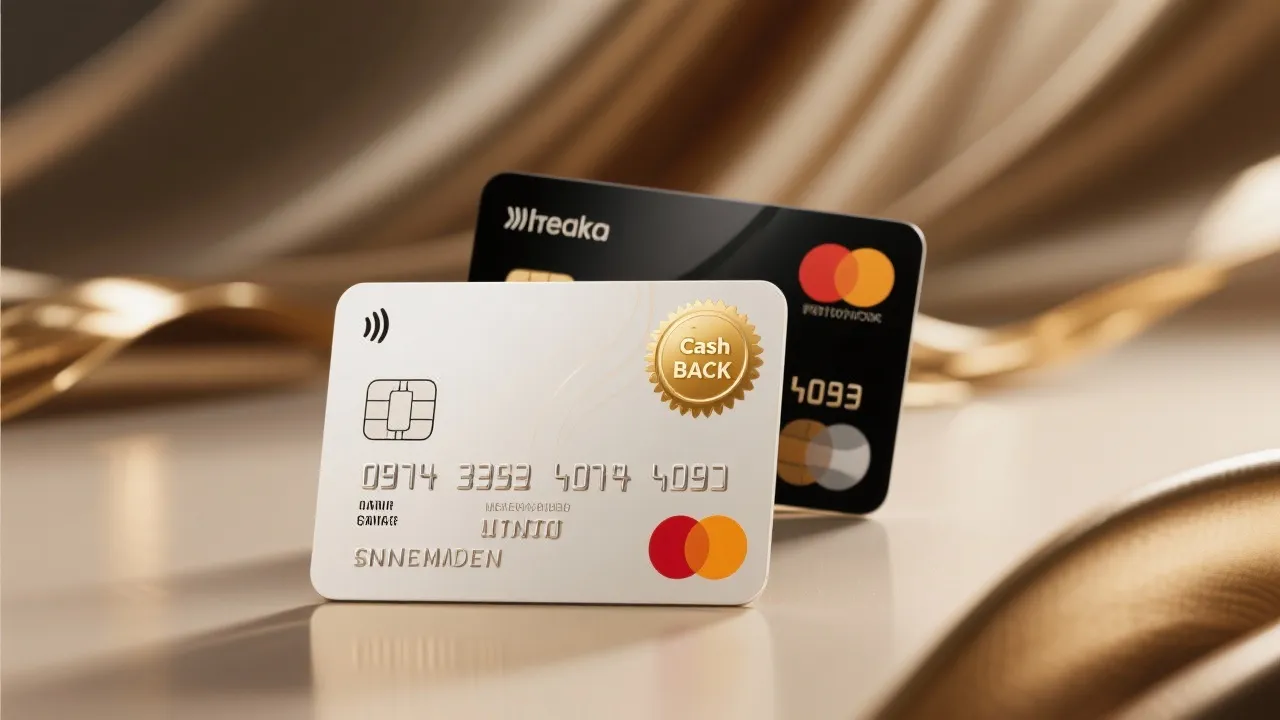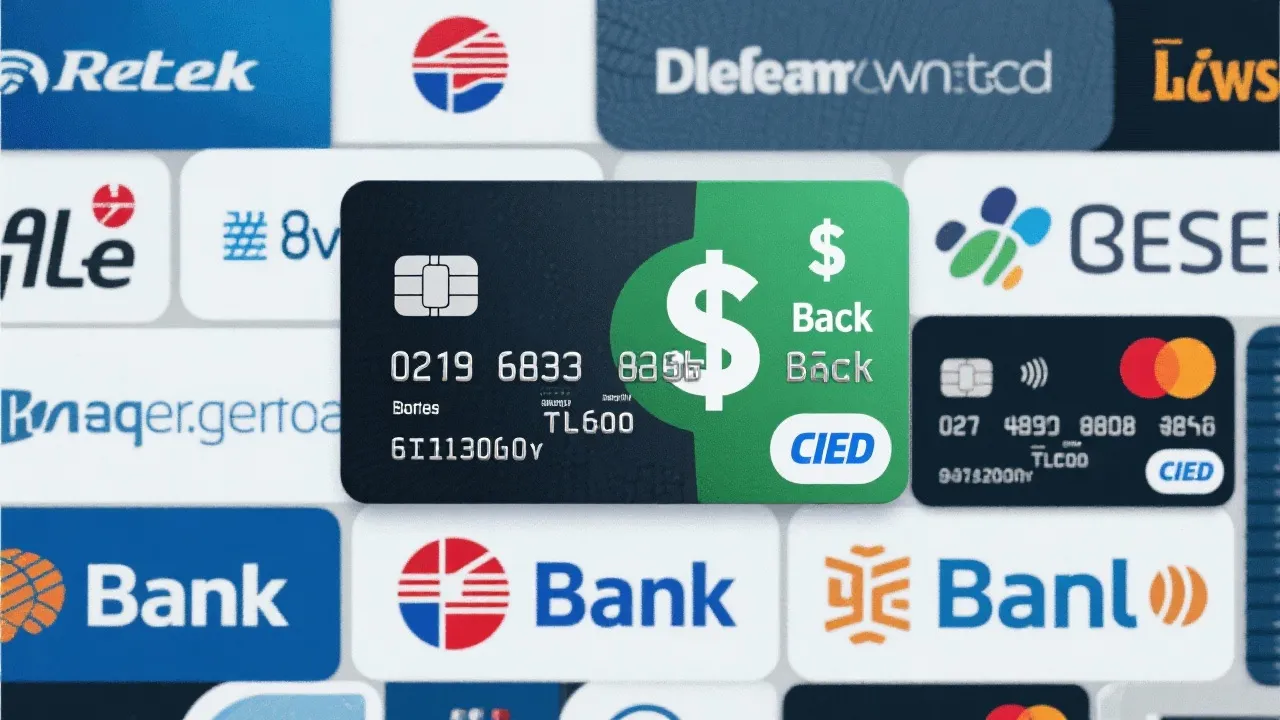Understanding BBA LIBOR in Banking
This guide explores BBA LIBOR, its relevance, and current alternatives. BBA LIBOR, a benchmark interest rate indicating interbank lending costs, was once integral in global finance. Its phased-out nature has led to a shift toward alternative rates, impacting financial agreements and bank offerings, especially regarding account bonuses tied to deposits.
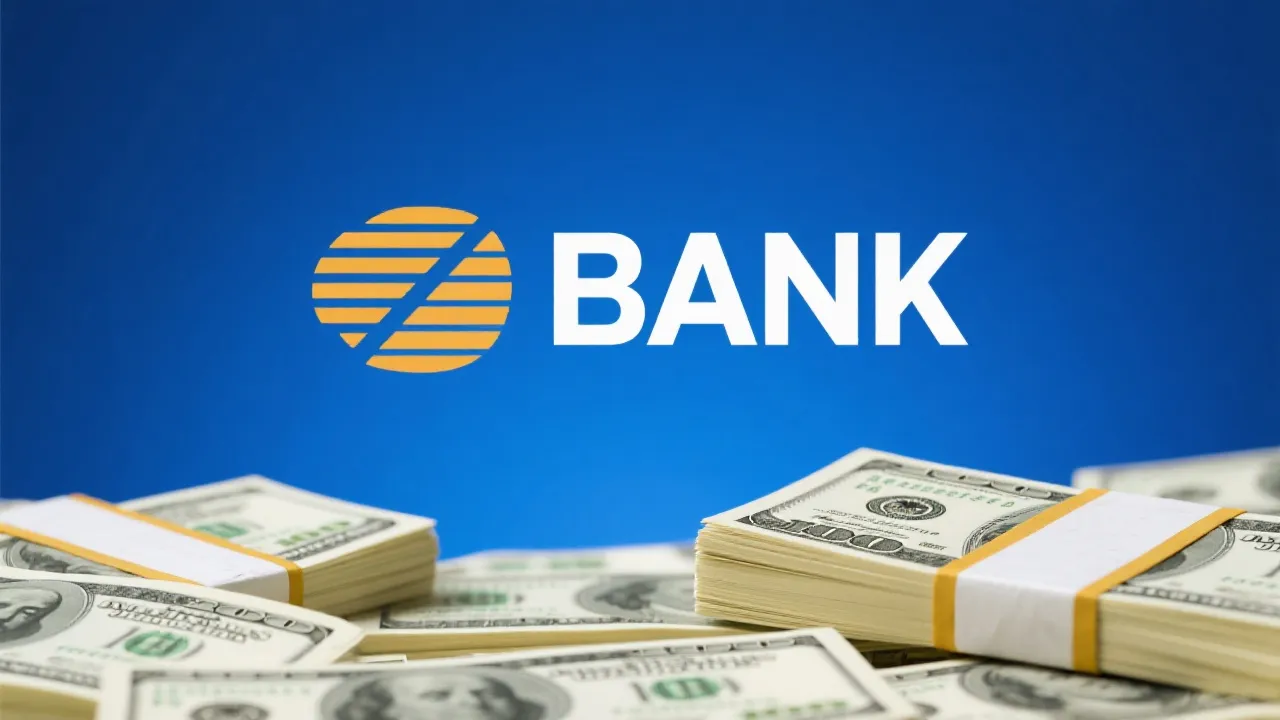
Introduction to BBA LIBOR
BBA LIBOR (British Bankers' Association London Interbank Offered Rate) was a critical benchmark interest rate used globally to reflect the borrowing costs among banks. Financial institutions relied on it to set borrowing rates for various products, from mortgages to student loans, and it served as the basis for an astounding volume of financial derivatives. At its peak, LIBOR represented trillions of dollars in financial products, influencing everything from consumer loans to complex corporate borrowing arrangements.
Established in the late 1980s, LIBOR was designed to provide an average interest rate at which major global banks could expect to borrow from one another. Over time, the number of currencies and maturities available on the LIBOR rate increased, leading to the creation of multiple benchmarks. This extensive scope made BBA LIBOR an essential component of the global financial landscape.
However, as reliance on LIBOR grew, so did concerns regarding its transparency and integrity. Reports of manipulation began surfacing, which highlighted the vulnerabilities associated with its rates. This led to an untenable situation where the accuracy of rates could no longer be trusted, beckoning the need for reform and ultimately leading to the transition to more reliable benchmarks.
Transition from BBA LIBOR
The financial industry is undergoing a significant transition as BBA LIBOR phases out, primarily due to past manipulations and the need for more reliable measures. In July 2017, the Financial Conduct Authority (FCA), which oversees LIBOR, announced its intention to retire the rate, setting off a domino effect of changes across financial markets worldwide.
This transformation impacts many financial agreements, including loans, derivatives, and various investment products. The 2021 deadline for the cessation of LIBOR rates has prompted stakeholders to swiftly adapt to this new landscape. Financial institutions have moved toward alternative reference rates that offer a more robust foundation for setting borrowing costs.
Among the new benchmark interest rates emerging, the Secured Overnight Financing Rate (SOFR) in the United States and the Sterling Overnight Index Average (SONIA) in the United Kingdom are leading choices. SOFR, comprised of transactions in the U.S. Treasury repurchase market, effectively reflects the cost of overnight borrowing backed by U.S. Treasury securities. By utilizing a broad spectrum of actual transactions, SOFR enhances transparency and minimizes the potential for rate manipulation.
Similarly, SONIA aims to offer the same degree of reliability within the UK market. Adapted from a robust methodology to capture actual market rates, SONIA has gained traction among banks and financial institutions, establishing itself as the preferred alternative to LIBOR for dealings in British pounds.
Online Banking and Bonus Accounts
In this evolving financial landscape, banks are offering competitive incentives for new account openings, particularly in light of the transition away from LIBOR. Many prominent U.S. banks provide attractive bonus offers for fulfilling specific deposit requirements. Understanding these incentives can empower consumers to make informed decisions about their banking choices.
As institutions strive to attract new customers, the competitive nature of the banking sector prompts many banks to roll out enticing bonus options. Consumers can take advantage of these bonuses by carefully navigating the requirements associated with each offer.
Many promotional accounts offer significant cash bonuses to customers who meet specific criteria. Here are key offers from multiple banks:
| Bank | Account Type | Bonus Amount |
|---|---|---|
| Bank of America | Personal Checking | $200 |
| Chase Bank | Total Checking | $300 |
| Citibank | Regular Checking | $450 |
| Wells Fargo | Everyday Checking | $300 |
| SoFi Bank | Checking and Savings | $50-$300 |
| Capital One | 360 Checking | $250 |
Source: Bank of America, Chase Bank, Citibank, Wells Fargo, SoFi Bank, Capital One
How to Secure Account Opening Bonuses
The bonuses offered by banks depend on you meeting certain criteria, emphasizing the importance of understanding the specific requirements. Each bank has its own distinct prerequisites, and consumers must stay informed to effectively leverage these financial incentives:
- Bank of America: To earn a $200 bonus, deposit at least $2,000 in direct deposits within the first 90 days after account opening.
- Chase Bank: Make any direct deposit within 90 days from account opening to receive a $300 bonus.
- Citibank: For a $450 bonus, make two direct deposits totaling $6,000 or more in the first 90 days.
- Wells Fargo: A $300 bonus is awarded for a direct deposit of at least $1,000 within 90 days of account creation.
- SoFi Bank: Customers can earn a $50 bonus by depositing $1,000 or up to $300 with a deposit of $5,000 or more in direct deposits within the first 30 days.
- Capital One: A $250 bonus can be acquired using promo code REWARD250 and completing two direct deposits of $500+ within 75 days.
Bankers and financial advisors recommend targeting accounts that align with your direct depositing habits. Understanding how your employment salary, part-time jobs, or freelance earnings can fit into the bonus requirement structure ensures you maximize potential earnings during account openings.
Besides direct deposits, some banks require maintaining a minimum balance, making it crucial for consumers to read the fine print carefully. Many times, failing to meet a certain threshold by the deadline can result in penalties or loss of the bonus altogether. Thus, understanding all conditions is vital for successful financial maneuvering.
Impact of Interest Rate Benchmarks on Banking
The transition away from LIBOR impacts how banks structure their loans and accounts, emphasizing the need for institutions to realign their products according to new benchmark rates. As banks adjust their offer structures for consumer loans and deposit accounts, new consumer behaviors lead to strategic changes also.
With the phasing out of LIBOR, banks are transitioning their pricing models. The current bonuses available in the market reflect a realignment in many financial institutions in light of the new benchmarks. In particular, the trend of offering account bonuses suggests a competitive marketplace where banks recognize the need to incentivize customers amid increasing market shifts.
As LIBOR's rigorous standards for interest-rate evaluations are replaced with alternative rates like SOFR and SONIA, financial institutions might adopt new lending models driven by these insights. The security associated with the new benchmarks leads to a more predictable finance environment.
Additionally, the dissolution of LIBOR offers several implications for risk management. Loans referenced to LIBOR might require renegotiation or amendments to products, ultimately affecting the pricing strategy banks employ. Live rate indices—such as SOFR by trade activity in the derivatives market—further encourage transparency and also showcase a shift toward using data science in banking operations.
Digital banks and neobanks are embracing these changes, utilizing modern technology to create data-driven products tailored for consumer needs. By leveraging advanced algorithms and machine learning, banks can offer financial products more closely aligned with market realities, minimizing reliance on historic, and now-defunct, rates that may offer misleading insights.
Understanding the Broader Financial Landscape
As the transition unfolds, understanding the broader context of interest rate benchmarks and the shifting landscape becomes increasingly important. Financial products rely on interest rate benchmarks—posting a substantial impact on consumer loans and investments. The way these benchmarks are derived influences rates, fees, and overall cost structures in every financial transaction.
Borrowers must also grasp how these benchmark shifts affect their current and future loans. For example, those whose loans previously referenced LIBOR should be aware of how terms might change with the incorporation of new benchmark rates. This adjustment often evokes broader discussions about borrowing affordability and overall financial comfort.
Concurrently, savers should note how interest rates influence returns on savings accounts. Higher benchmark rates may translate to increased yields on savings products. Conversely, low rates suppress potential earnings. In this respect, banks continuously assess their offerings to align closely with market-driven decisions.
Overall, the evolution provides consumers with opportunities to take greater control over financial choices. With banks actively trying to distinguish their offerings—including attractive bonuses for checking accounts—savvy consumers can position themselves to benefit financially, from deposit accounts to loans.
FAQs
What was the significance of BBA LIBOR?
BBA LIBOR was a major interest rate used globally to determine borrowing costs between banks and was a foundation for many financial products. Its significance encompassed the transparency provided to financial markets, where reliable rates instill confidence among stakeholders.
Why is LIBOR being phased out?
LIBOR is being replaced due to its history of manipulation, particularly during the financial crisis of 2008. Factors concerning dependability and the inherent need for a more stable measure prompted financial regulatory authorities to seek alternatives that would enrich market practices. The revelations regarding the undue influence of banking practices on the benchmark necessitated reforms to ensure fairness, security, and reliability.
What are the new alternatives to LIBOR?
SOFR in the US and SONIA in the UK are among the new benchmark rates replacing LIBOR. Unlike LIBOR, which had an element of subjective estimation, these alternatives are founded on observable transaction data, providing a more sound and solid basis for financial evaluations.
How will these changes impact borrowers and savers?
The transition away from LIBOR directly affects borrowers with existing loans and mortgages indexed to LIBOR. New agreement structures based on alternative rates could result in changes to interest payments, affordability, and borrower rights. For savers, increased reliance on active markets fosters opportunities for competitive interest rates on savings products, thereby enhancing potential yields on savings accounts.
Conclusion
The phasing out of BBA LIBOR marks a significant shift in financial markets, notably affecting how banks offer incentives and manage interest-based products. Staying informed about these changes and understanding the new conditions for account bonuses can help consumers maximize their benefits. Furthermore, awareness of current market trends and how they translate to financial products broadens consumers' understanding of the banking environment, ensuring they harness competitive opportunities effectively.
As the landscape unfolds, the essence of consumer education remains paramount. With numerous fluctuations in benchmarks and banking offers, retaining knowledge about these elements positions consumers to leverage modern finance solutions.
Disclaimer
The above information originates from online resources, valid as of October 2023. Information may change over time and by region; consult banks' official websites or customer service for the very current details before opening an account. Some rewards may have regional restrictions or other conditions, emphasizing the need for careful consideration while engaging in any financial arrangements.
References:





